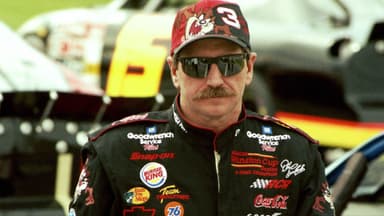It’s no secret that the stock cars used in the NASCAR Cup Series today are not as fast as they used to be. According to multiple reports, back in the ’70s and ’80s, stock cars could reach up to 240 mph. However, numerous fatal crashes later, the organizers decided that it was in the interest of driver safety to reduce the speed of these vehicles. Today, the Cup Series races the Next-Gen car which has faced some flak over its low horsepower. However, these cars aren’t slow by any means.
Advertisement
The Next-Gen cars can pump out 510 hp on restrictor plate tracks and 670 hp on others. They can reach up to 195 mph while drafting and 184 mph in free air. It doesn’t sound like much when you compare it to other motorsports competitions like IndyCar and Formula One.
Back in the day, the cars could reach speeds over 200 mph consistently on superspeedways. Short tracks and normal Oval tracks see average speeds ranging from 100 mph to slightly over 166 mph while on road courses, the cars run at 92.7 mph.
Today, the Michigan International Speedway is considered to be the quickest NASCAR track. In 1987, Cup Series champion Bill Elliott set an average speed of 212.8 mph at the track, that’s the quickest a Cup Series car has ever gone. The straight-line speed of a NASCAR car is difficult to find on a road course race.
But under racing conditions, unfortunately, NASCAR doesn’t hold a candle to F1 and IndyCar in terms of speed. On road tracks, a stock car’s average speed is only 70.3 mph whereas IndyCar clocks 102 mph and F1 boasts 124.3 mph.
On Ovals, NASCAR cars reach an average speed of 152.7 mph. For IndyCar, it’s 206.7 mph. There is no official data about F1 in this field since it does not race on ovals.





